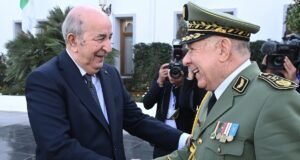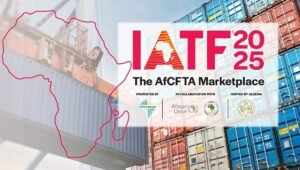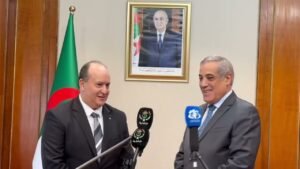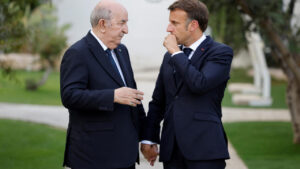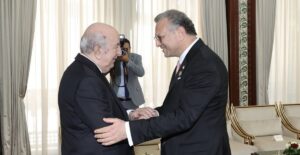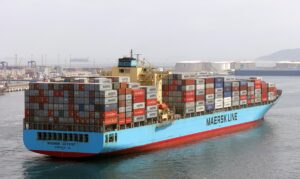After the scandal of Algeria's weapons arsenal during the celebration of the Liberation Revolution... Where did the billions in the arms budget go?!
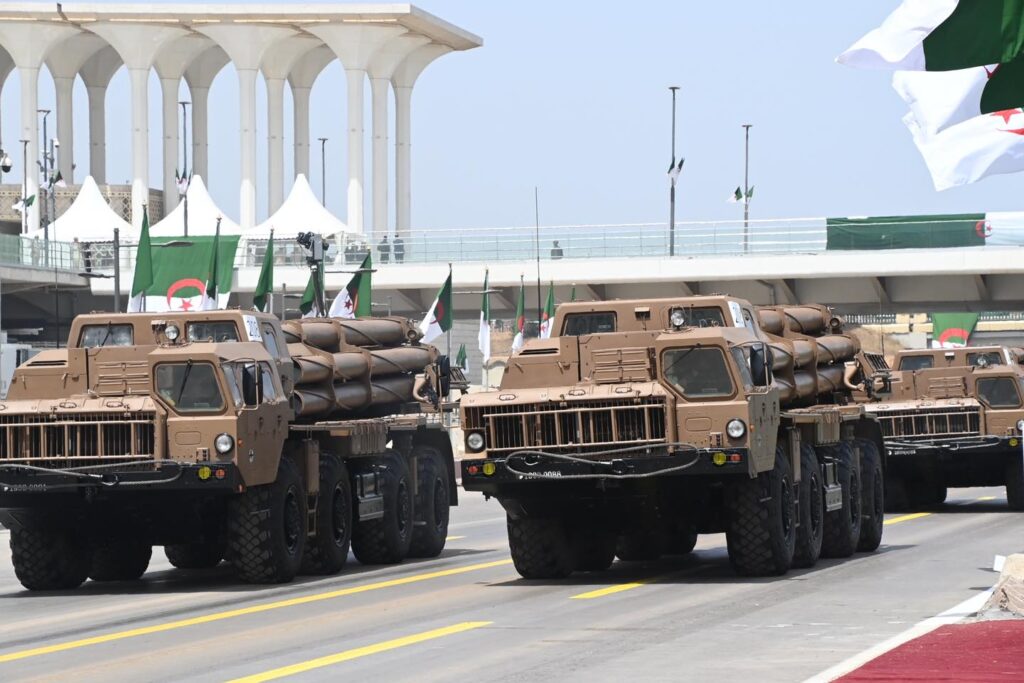
The scandals surrounding the weapons arsenal that emerged during the parades commemorating the 70th anniversary of the Algerian Revolution continue to resonate among Algerian citizens, opponents of the regime abroad, and other observers of Algerian affairs. It all began with the Algerian regime's attempts to "imitate" similar celebrations in Morocco, where the "imitation" appeared far removed from the original. The parade was also characterized by the meager foreign presence on the main stage, where the vast majority of Arab and African leaders were absent, not to mention the parade's display, which resembled a "school" parade from the 1980s. However, what most caught the eye was the dilapidated state of the military equipment displayed in the parade, most of which was "scrap" inherited from the Soviet era! Here, a burning question comes to mind: If Algeria is the largest importer of weapons in Africa, and claims to have spent approximately 61% of its national income on this, where did these billions go? And where are the weapons purchased with the Algerian people's money?!
Before attempting to answer these questions, it is useful to clarify two extremely important points: First, the closed nature of the military regime in Algeria makes the reliability of the figures and statistics issued by official bodies in this country extremely low, almost non-existent. This is evident in the contradictions in the announced figures and the difficulty of extracting reliable figures from available information sources. Second, a fact that is considered unprecedented globally, is that Algerian law officially prohibits members of parliament from reviewing, and thus discussing, the Ministry of Defense budget, including the budget for arms acquisitions. This increases the ambiguity surrounding the billions allocated annually in the state's general budget under this item.
To undertake this arduous investigative task, it is useful to try to explore the “numbers game” of the Algerian arsenal, to understand its condition according to the date of its acquisition, and how much of it is “worn-out” Soviet-era weapons, as a result of the passage of more than three or four decades, and perhaps more, since their acquisition; and how much of it is weapons acquired during the last 15 years (from 2011 to 2025), which can be considered relatively modern!!
We'll start with the "announced" budgets allocated under armaments for the periods 2011-2020 and 2021-2025. During the first period, Algeria spent between $9 and $10 billion annually on armaments (or as a budget for the Ministry of Defense, who knows for sure?!), with a total of $98.2 billion!! (9.82 billion per year on average). This amount witnessed a tremendous increase in the following five years, specifically in the last three years: 2023 with a total of $18.26 billion, 2024 with a total of $22 billion, and 2025 with allocated spending reaching $25 billion. This brings the combined budget for the five years to $83.6 billion, or an annual average of $16.7 billion!!! Here arises the central question that the nation's representatives in the People's Assembly are unable to ask: What weapons has the Algerian army acquired, for an amount amounting to $182 billion, over the past 15 years?!!
Before starting the numbers game, it's important to clarify that reviewing the percentage of obsolete Soviet weapons in the Algerian arsenal is not only about the limited impact of these "outdated" weapons in any military confrontation, but also—and this is the basis—to argue that they were acquired in the early years and are not included in the armaments budgets of the past 15 years. Now, let's move on to the most important figures related to the Algerian army's arsenal, starting with the ground forces. As for tanks, the backbone of the ground forces, Algeria possesses 596 relatively modern Russian T-90 tanks, compared to 325 T-72 tanks, 290 T-62 tanks, and 270 T-55 tanks. What do these numbers mean? It simply says that the Algerian army's modern tanks (Type I only) do not exceed 401 TP3T of the army's total tanks, and that the remaining 60 percent (the three remaining models) are relics of the Soviet Union, despite attempts at "patchwork" modernization that have affected some of them! The situation with combat vehicles is even worse, as the army possesses 980 vehicles that are 1001 TP3T Soviet. The same situation exists with armored fighting vehicles, as the army possesses 124 vehicles, all of Soviet manufacture. As for armored personnel carriers, they see the smallest percentage of Soviet weapons. Of the 4,305 vehicles, only 131 TP3T are Soviet (550 vehicles), compared to 3,000 Emirati vehicles, 600 German-Algerian vehicles, 100 American vehicles, and 55 French vehicles. To summarize, 761 TP3T of the Algerian army's artillery are Soviet, 961 TP3T of its mobile (portable) cannons are Soviet, 801 TP3T of its rocket launchers, 861 TP3T of its anti-aircraft guns, and 601 TP3T of its anti-tank weapons are Soviet-made!! As for the air force, which is usually more expensive, Algeria possesses surface-to-air missiles: 8 launchers of the relatively modern Russian S-400 missiles, equal to a similar number of the older Soviet version S-300, in addition to the acquisition of 9 Chinese HQ-9B missile systems. As for medium and short-range missiles, the proportion of Soviet-made 781 TP3T (387 launchers) is Soviet, compared to 221 TP3T of Russian-made (108 Pantsir systems). As for fighter aircraft, the situation is no better. For every 70 relatively modern Russian-made Su-30s (461 TP3T), there are 39 Soviet Mig-29s and 42 Soviet Su-24s, or 541 TP3T! There are no Soviet training aircraft among the 59 Czech and Russian aircraft, while the refueling aircraft fleet is limited to one Soviet Ilyushin-2. There are 11 of the latter type for transport (381 TP3T), while the army possesses 210 Soviet combat helicopters (71 TP3T)!
Moving to the naval forces, the situation is largely similar. The army possesses two Soviet submarines compared to four newer Russian ones; an Italian-made amphibious ship; and two British landing ships acquired in the 1980s. As for frigates and corvettes, the Soviets own three vessels out of a total of eight of both types. Finally, Algeria has requested 24 Chinese drones, 16 Turkish drones, and 10 from South Africa, while encouraging the acquisition of locally produced models from Yabhon United. In other words, these weapons are still on order and have not yet been received.
We arrive at an attempt to answer the difficult question: Could the value of Russian and Chinese weapons in Algeria's arsenal amount to $182 billion, assuming they were all received after 2010? This is not accurate, as research into Russian weapons shows that much of it was acquired in the 1990s and the first decade of the current century. Two sources can be cited to support this claim. The first concerns Algeria's announcements of Russian arms deals, which relate to $4.2 billion the government said was spent on Russian arms purchases between 2016 and 2020. The second concerns Algeria's announcement of its "intent" to conclude an arms deal with Russia worth $7 billion in 2021, a move repeated in 2022 with the government's announcement of its intention to purchase Russian weapons worth $12 billion, noting that the announced arms budget for the same year (2022) did not exceed $9.15 billion. Even assuming these figures are accurate, they do not exceed, together, $23 billion. So where did the rest go?! The second piece of evidence or data is that Algeria announced its intention to modernize its arsenal by purchasing 14 modern Su-57 stealth aircraft and the advanced S-500 missile system to protect sensitive sites! This will not solve the difference problem, as the value of the aircraft deal is less than $850 million, and $1.6 billion for the missiles!!
In conclusion, if it were true that Algeria spent more than $180 billion on armaments over the past 15 years, there would not have been room for a single Soviet-made weapon in the Algerian army. The figures we see today do not prove that most Algerian weapons are Soviet-made, and this army would have become the strongest in the Arab world and Africa, even on par with the armies of its northern neighbors! However, the reality revealed by the available figures is that even if the army spent double what the previous figures indicate (i.e. $50 billion and not $25 billion), this would only represent about a quarter of the announced budget. Here, Algerians and all those who are jealous of the wealth of those standing in line for sugar, gas, semolina and other food products have the right to ask: Where did three-quarters of the armament budget go?!
